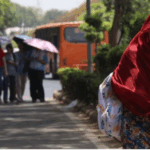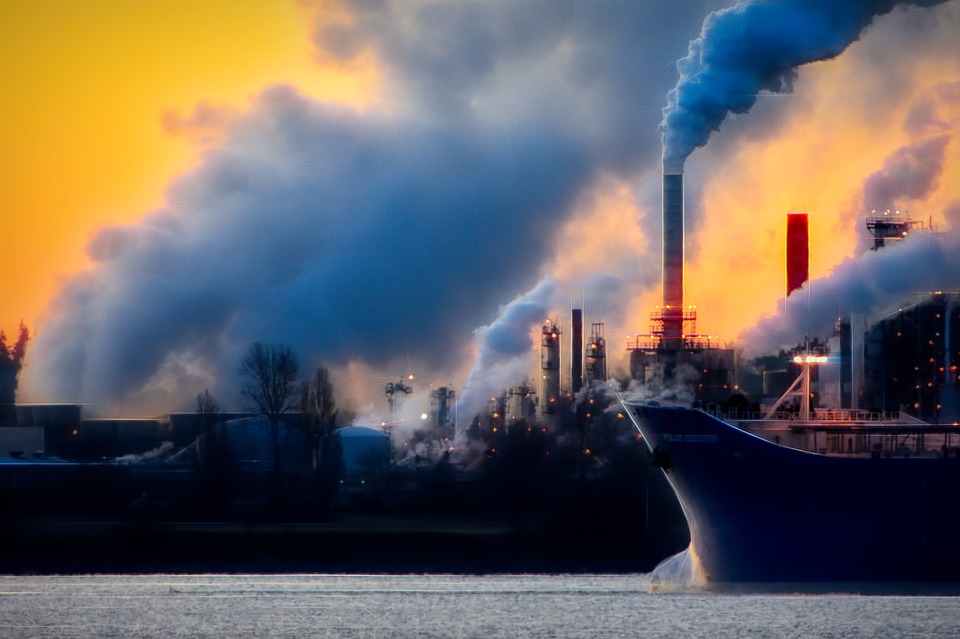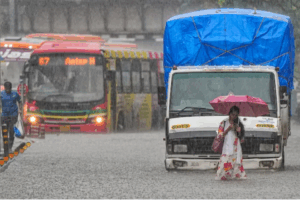What happened on the 2-3 December night 35 years ago was the world’s worst industrial disaster. Following a massive gas leak at the Union Carbide India Limited (UCIL) pesticide plant in Bhopal, where huge quantity of greatly toxic Methyl isocyanate was illegally stored, at least 3,787 as counted by government agencies, but more than 16,000 people according to ground reports, mostly women and children died in the very night; lakhs of people were immediately affected; many more lakhs were affected later including large number of new-born children. Bhopal water is still toxic, 35 years after deadly gas leak. Groundwater found near the site of this world’s worst chemical industrial disaster is still toxic which is poisoning residents in nearby areas. Even after such a long period, hundreds of tons of the dangerously toxic chemical waste is still not removed from the site and destroyed!
Though four days after this massacre caused by the criminal negligence of the Union Carbide, the company’s chairman, Warren Anderson, was arrested on his arrival at Bhopal,. After he was held under house arrest for only a few hours, under instructions from Delhi following US pressure, Anderson was given bail and quickly left the country, never returning to face trial. The political leadership, the bureaucracy, the police and even the courts along with the media helped this MNC and its chairman to dilute the case and to escape from the responsibility to provide compensation for this horrific man-made disaster and to clean the premises.
Union Carbide could manage with the help of central and state administration to use trade secrecy as a prerogative to withhold information on the exact composition of the leaked gases. Though it was known that MIC, when reacts with water at high temperatures, could release as many as 300 highly toxic chemicals, research was carried out only to check the toxicity of pure MIC—that also on animals. So, the treatment has been symptomatic. This was criminal negligence. In the first few days, there was evidence that people could be suffering from cyanide poisoning—intravenous injections of sodium thio-sulphate, an antidote, was found to be working on the patients. But soon, it was discontinued, many say under pressure from UCC and its team of lawyers.
An evaluation of what happened later reveals that the diseases could also have been managed had the government conducted medical research to understand the long-term impacts of the gas. The responsibility was given to ICMR, which had initiated 24 studies. Some of the studies had found high incidence of lung, eye disease and morbidity in the victims. But the studies were summarily discontinued in 1994. All research work was left to Madhya Pradesh government’s Centre for Rehabilitation Studies, which did some uninspired research. Meanwhile, some independent studies had also pointed to serious health crises, from cancer and mental problems to birth defects. But since there was no epidemiological study, it was easy to dismiss these as ailments caused by poverty and lack of hygiene. In spite of the Supreme Court repeatedly asking for the patient records to be computerized and for studies to determine health impacts of this toxic exposure, nothing was done A visit to the surroundings of the disaster site (nobody is allowed to enter it) and collecting information from the thousands of poor families who are staying in the area as no alternate accommodations are provided, reveal that consecutive governments continued to serve the management of Union Carbide, and then Dow Chemicals, who purchased the UCIL so that they could escape from giving appropriate compensation for this worst industrial disaster caused entirely due to their criminal negligence.
Though the organizations of the affected people with the support of the progressive forces still continue to campaign for removal of the toxic waste from the area and for rehabilitation, nothing much is happening!
If the imperialists led industrialization and development perspective creates such devastation, the MNCs with the help of the imperialist governments, using the servitude of the ruling system in the dependent countries not only deny due rehabilitation to affected people, but allow the environmental destruction caused by such disasters to be perpetuated. Both these add to ecological destruction leading to present climate emergency. So, it is a political question. It calls for political solution. It calls for politicization and mobilization of the masses to overthrow this reactionary system which is leading to ecological catastrophe. As part of this, immediate politicization of the affected people’s movements are required to make those in power accountable to the people.


















